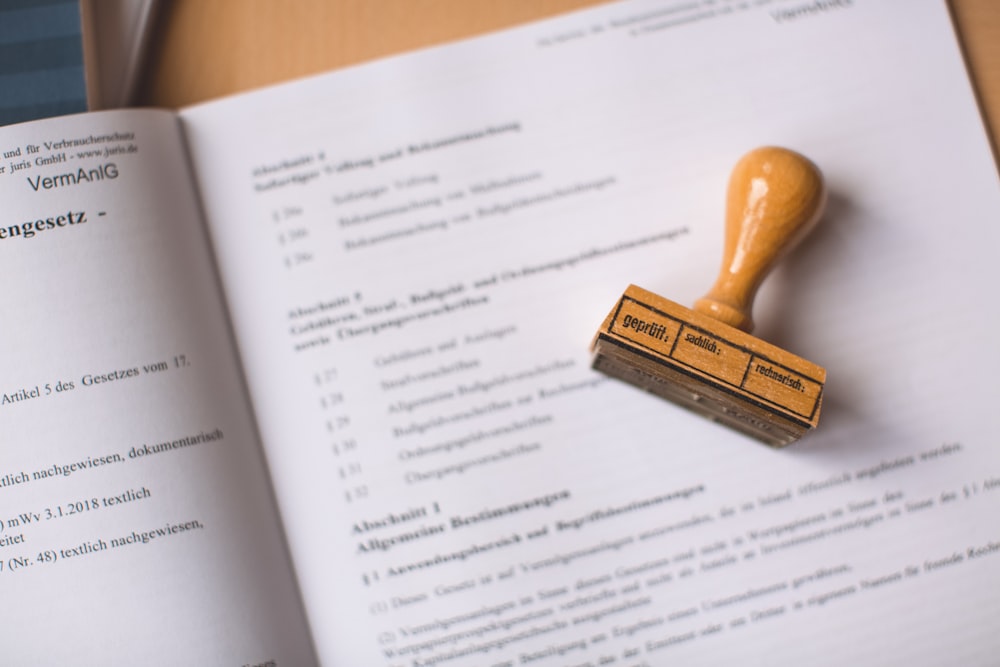The state’s tax system is influenced by a wide range of factors. The basis for deciding the path of the state’s financial development includes socioeconomic policy, level of living, necessities, and other factors. Taxes have four primary functions: budgetary, control, distribution, and regulation.
From the standpoint of public purpose, the functions of taxes reveal their qualities and content. The state cannot exist without a system that allows the country’s budget to be funded. Citizens and businesses contribute money to the Treasury in the form of a percentage of their income, property value, and other accrual amounts.
Taxation’s functions are dictated by the country’s policy on the form and structure of its financial levies system. Each state has its own set of rules.
Although this function has remained unchanged for centuries, it cannot be maintained that fees have a strictly fiscal (from Latin, basket, treasury) direction.
Government and corporate processes regulated by taxes. Without a proper allocation of the money supply among diverse requirements, it is impossible to successfully rule the country. A control system built wherever economic entities’ operations coordinated.
The relevance and equality of functions determined by their tight relationship and dependency on one another. Leadership shifts slightly in response to the world economic strategic goals and socioeconomic progress.
Fiscal
The goal of taxes is to divert a legally defined portion of an organization’s or citizen’s revenue to the state treasury. The money supply is the foundation upon which the government may fulfil its duties to the people of a country. The fiscal function is a feature of the global tax system as a whole. It is based on the historical events surrounding state establishment.
Taxation plays a vital part in a market economy. The amount of money gathered to the budget affects economic indicators, industry development, and the social sphere.
Distribution
The tax’s socioeconomic essence expressed in its continued focus on alleviating state problems. Maintaining stability while reducing the disparity between citizens is an important part of the distribution process. The government can take the following steps:
levying indirect taxes on people who consume a lot of things
the implementation of a progressive income tax system in which the rate is proportional to the size of the salary, with the larger the amount received by citizens, the higher the percentage of revenue collected;
the imposition of social contribution responsibilities on the employer
Control
The state has an inalienable responsibility to observe and identify tax law infractions. Special body constructed for this purpose. The structures keep track of legal businesses’ and individuals’ financial and economic activity, identifying illicit sources of income and spending patterns.
This vital component that, by transferring recognised monies to the Treasury, might avert significant infractions. There is no shadow economy in a country with a well-functioning control mechanism.
The function helps to increase the collection of financial amounts, to normalize their flows. The development of technical means allows for better detection of violations and timely suppression of attempts to deceive the state. Modern banking, tax and accounting electronic systems interconnected, relatively open and efficient. They are difficult to deceive or get around.
Regulatory
Actions in the realm of compulsory payment collection enable the state to have a larger role in overall economic processes. Regulation of the economy contributes to the increase of output, GDP, and technical progress by preventing the depreciation of industrial potentials and capacities.
The power to affect general economic processes as well as economic entities, including individuals, is the essence of the job. The creation of an accounting system, administration, and the forms of finalising contractual obligations are all influenced by regulation.



